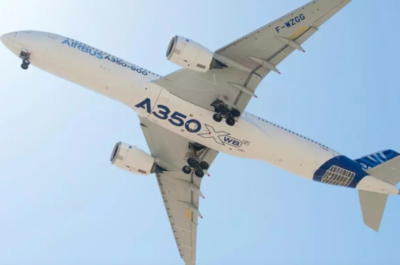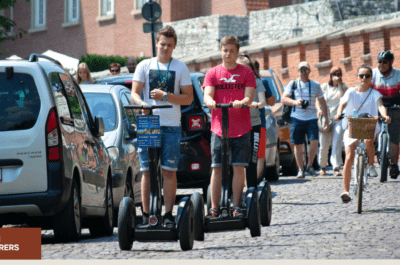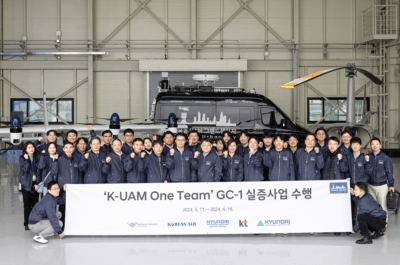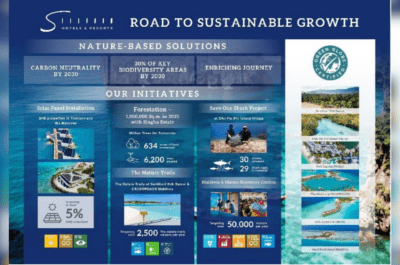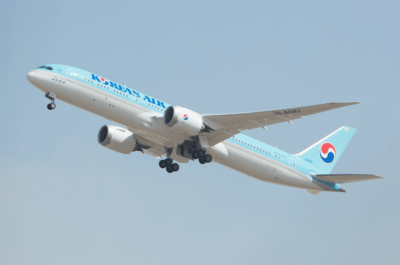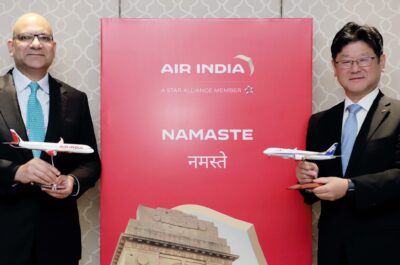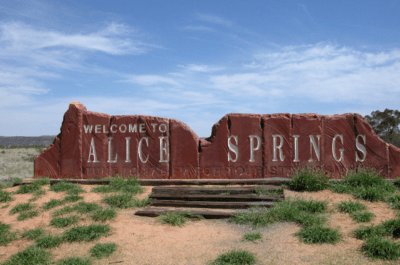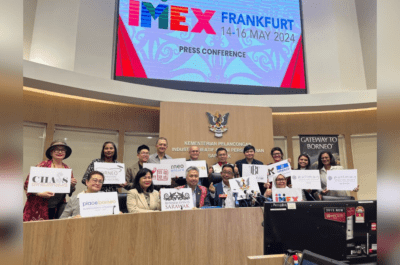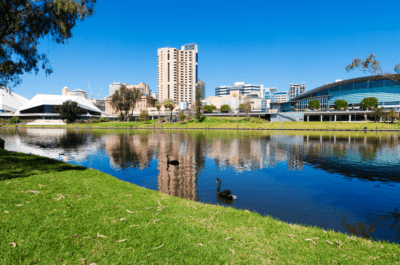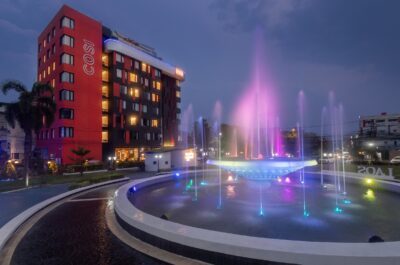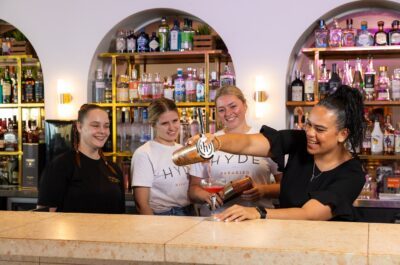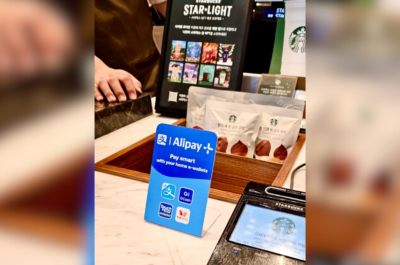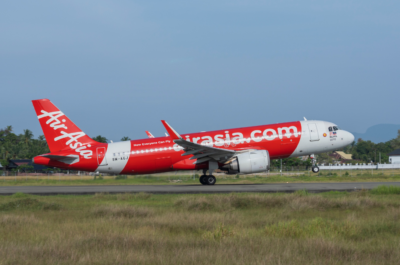Extending revenue management from hotels and airlines to Destination Management & Marketing Organizations (DMMOs) unlocks potential for efficient space and attraction management, maximizing revenues, and ensuring sustainable tourism growth. Implementing dynamic pricing and capacity management can enhance visitor experiences and foster economic prosperity.
This article is part of the Balanced Tourism column.
Traditionally, revenue management has been the domain of hotels and airlines, focusing on selling the right product to the right customer at the right time and price.
The hotel industry’s success with revenue management is well-documented. By adjusting prices based on demand, season, and other factors, hotels have maximized occupancy and revenue. This principle can be directly applied to managing attractions and activities within a destination. Similar to hotels, airlines have perfected the art of yield management, a precursor to revenue management, which has significantly enhanced their profitability. This model demonstrates the importance of dynamic pricing and capacity management—concepts that can be mirrored in destination management.
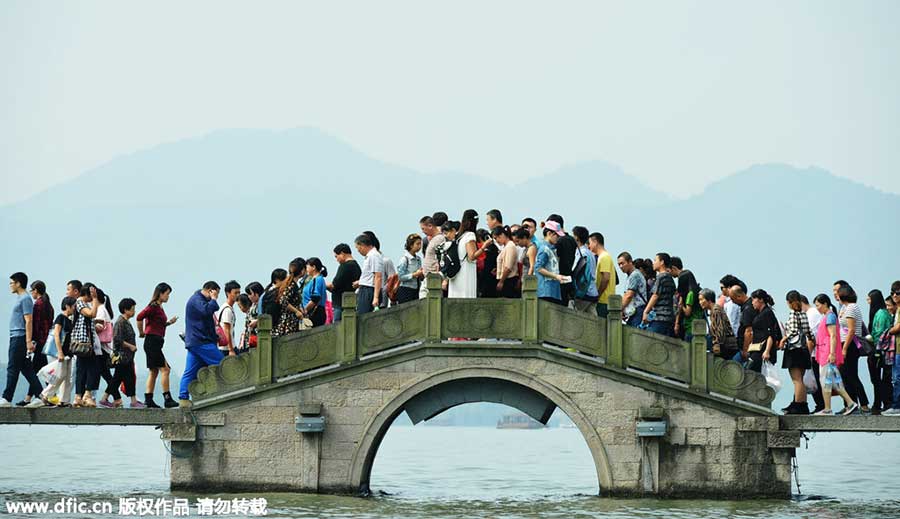
The application of revenue management in tourism and hospitality, particularly within Destination Marketing Organizations (DMOs), remains an underexplored frontier with significant potential. DMOs can adopt these principles to manage spaces and attractions more efficiently. For instance, implementing dynamic pricing for entry to popular tourist sites can help manage visitor numbers, reducing overcrowding and enhancing visitor experience while maximizing revenue. By fine-tuning the balance between demand and supply, revenue management strategies can enhance the visitor experience, optimize the utilization of attractions, and ensure sustainable growth in tourism revenues. However, adopting revenue management strategies in DMOs requires a shift in mindset, from seeing destinations as static offerings to dynamic entities that can adjust in real-time to market demands.
Inspired by the recent article by my former Cornell Professor and foremost expert in Revenue Management, Professor Dr. Sherri Kimes, this article explores the transformative potential of extending revenue management principles to DMOs, focusing on managing spaces and attractions more efficiently, maximizing city revenues, and promoting balanced tourism.
I. Applying Revenue Management in Destination Marketing and Management:
1. The Evolution of Revenue Management in Destination Marketing
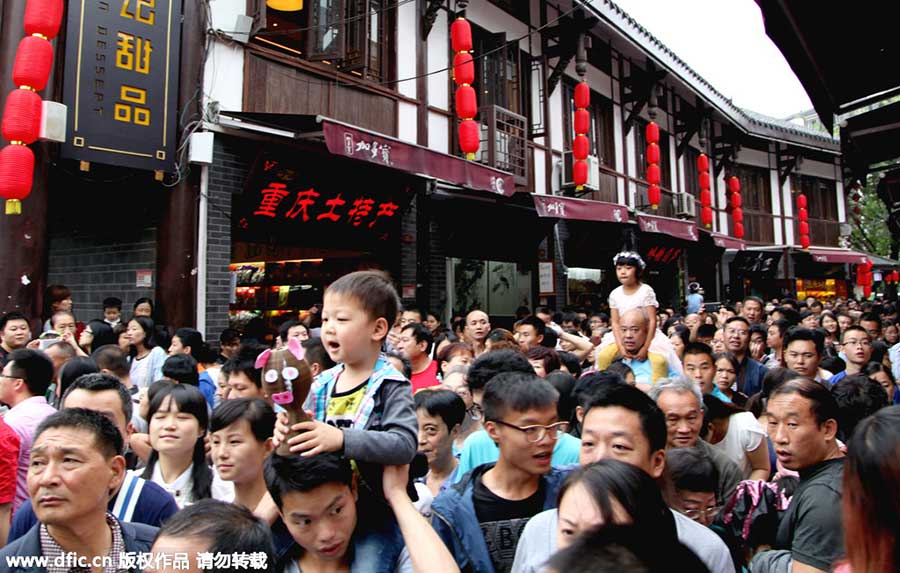
DMOs play a crucial role in the tourism ecosystem, promoting destinations and managing visitor experiences. Yet, despite their pivotal position, many have yet to fully embrace revenue management techniques that could dramatically transform their effectiveness and economic impact. Revenue management, a concept perfected by the airline and hotel industries, involves tailoring product availability and pricing to maximize revenue, based on the analysis of consumer behavior and demand patterns. Key to this approach is understanding demand fluctuations and tailoring offerings to different market segments. For DMOs, this means a meticulous study of tourism dynamics and adapting strategies accordingly to manage destinations more effectively. The key to successful revenue management in DMOs lies in collaboration. Engaging stakeholders, from local businesses, residents to visitors, in the process ensures that strategies are not only effective but also equitable.
2. Optimizing Space Utilization through Dynamic Pricing
The concept of revenue management in DMOs extends beyond mere price adjustments. It involves a strategic analysis and manipulation of destination resources—attractions, accommodations, and activities—to maximize revenue while ensuring a balanced and sustainable tourism flow. DMOs can adopt dynamic pricing strategies to manage demand and the flow to attractions, especially for those with capacity constraints. Pricing can be adjusted based on seasonality, time of day, or demand patterns, encouraging tourists to visit during off-peak times, thus reducing overcrowding and enhancing the visitor experience.

For instance, the Louvre Museum in Paris introduced timed tickets and dynamic pricing, leading to a more even distribution of visitors throughout the day and a notable increase in ticket revenues.
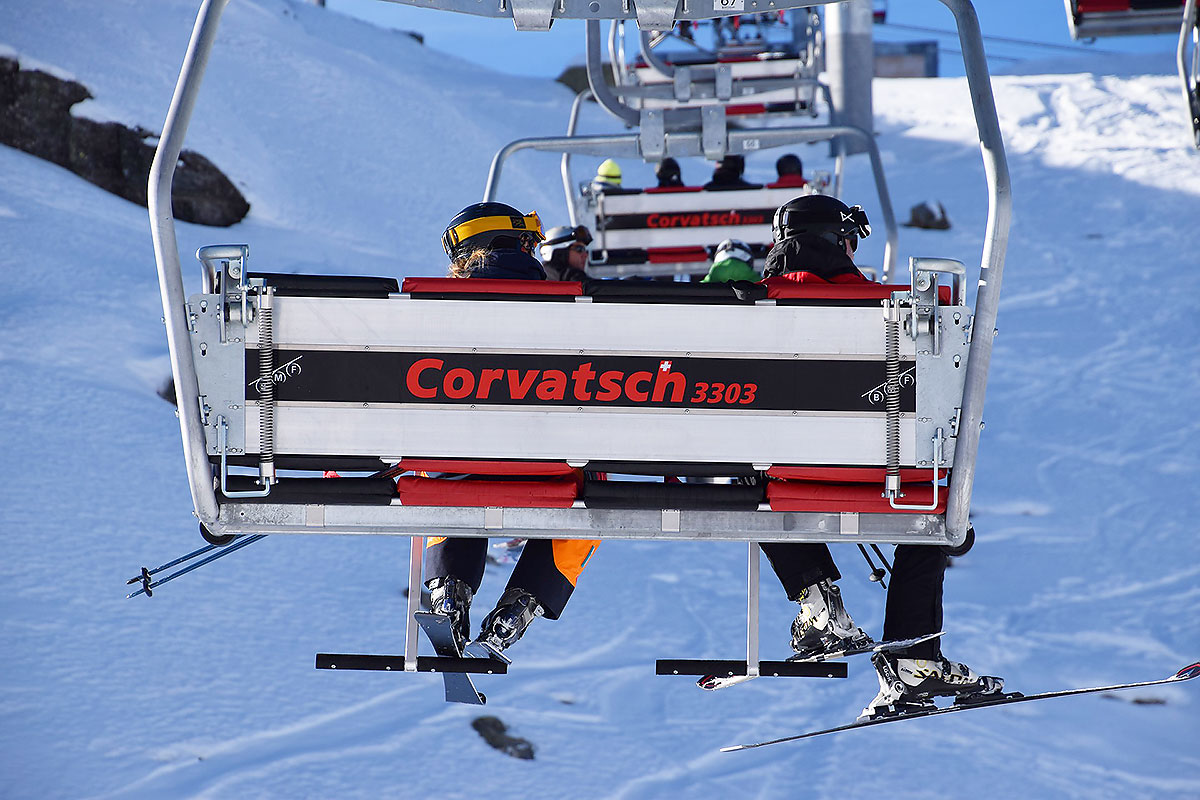
Another example, Swiss tourism board, Engadin St. Moritz, implemented dynamic pricing on ski lift tickets, leading to increased visitation during typically slow periods and improved revenue generation.
3. Yield Management for Space and Event Optimization: Capacity Management:
Efficient management of spaces and attractions is vital to avoiding both overcrowding and underutilization. DMOs can employ techniques like yield management to optimize capacities in attractions or events. Similar to how airlines manage seat inventory, DMOs can apply yield management to optimize the use of public spaces and event venues. By analyzing historical and real-time data, DMOs can predict high-demand periods and adjust access or pricing to manage crowd sizes, ensuring a balanced distribution of tourists across different attractions.

An example is the city of Barcelona, which implemented a comprehensive plan to manage tourist flow to popular attractions like Sagrada Familia and Park Güell. By regulating access and adjusting pricing during peak times, the city managed to reduce overcrowding, enhance visitor satisfaction, and additional tourism revenues through increased ticket sales.
4. Leveraging Data-Driven Insights:
Through comparative analysis, we identify key patterns, strategies, and outcomes of revenue management applications in tourism destinations, drawing insights that could guide the strategic planning process. The target market includes international tourists and local residents alike. Leveraging big data analytics allows DMOs to gain insights into tourist behavior, preferences, and spending patterns. This data-driven approach enables the creation of personalized offerings, targeted marketing campaigns, and strategic decision-making, ultimately leading to increased revenues and improved visitor satisfaction.
By developing mobile apps, destinations can connect buyers in and sellers to create value where the supplier gets access to visitors and residents and the buyer access to offers and services that enhance the experience. The data captured allows the destination to develop a powerful value ecosystem to foster stakeholder engagement.

For instance, VisitBritain used data analytics to identify high-value tourists and redesigned their marketing campaigns, resulting in increased tourist spending and a positive impact on the UK’s tourism sector.
II. Case Studies Illustrating Successful Revenue Management Strategies in DMOs:
A. Amsterdam:
Amsterdam’s approach to managing space and attractions involves implementing strategies such as dynamic pricing and visitor flow management. The city introduced a dynamic pricing model for museums, adjusting ticket prices based on demand and optimizing revenue streams. In addition, Amsterdam implemented measures such as time-slot reservations and crowd monitoring to manage popular attractions, ensuring a better experience for visitors.

B. Singapore:
Singapore’s DMO employs an innovative revenue management approach by focusing on maximizing revenue through different attractions and experiences. By implementing tiered pricing and upsell strategies, Singapore actively encourages visitors to explore various attractions and stay longer, resulting in increased spending and revenue. The city has also successfully introduced demand-based pricing for attractions and events to optimize their utilization. Singapore’s Tourism Analytics Network is a testament to the power of data in transforming destination marketing. By analyzing tourist spending patterns and preferences, Singapore tailored its offerings to different market segments, resulting in a significant increase in tourism-related revenue and an enhanced visitor experience.

C. Sydney
Sydney responded to the demand for its New Year’s Eve fireworks in late 2022 by starting to sell tickets for the prime locations around the harbor. This technology controls the sizable crowds and guarantees that guests may take in the fireworks in a secure setting. The people who buy tickets will always have an excellent view and won’t have to worry about showing up several hours early to get a place.

D. Barcelona
Barcelona is a prime example of a destination that has successfully implemented revenue management strategies. Faced with over-crowding of certain sites, the city introduced a dynamic pricing model for its major attractions, alongside timed entry slots to distribute visitor flow throughout the day. This not only improved the visitor experience but also increased revenues and distributed tourist spending more evenly across the city, while simultaneously achieving a more sustainable tourism model.

III. Consideration for Revenue Management Strategies in Destination Management:
5. Transparency in Pricing Strategies
Fairness in pricing is about clarity and value. It’s imperative for the destinations to communicate transparently for what is being charged. This includes not only the actual experience but more importantly the additional value-added services, the unique aspects of the experience, and the exclusivity factor. Such transparency fosters a sense of fairness and justifies the premium pricing to mitigate potential objections of over-commercialization of the destination and negative push-back for being perceived to over-charge for services that have been considered free.
Determining the right price requires an understanding of the market, the uniqueness of the experience, and the customer’s perceived value. Adopting Revenue Management pricing strategies, like those used in the hospitality and airline industries, can be an effective approach, considering fluctuations in demand and booking patterns. It’s essential to have a strategy that combines competitive pricing with a deep understanding of what drives customer decisions and effective marketing. This approach not only increases revenue potential but also aligns with the expectations of customers seeking a unique and memorable experience.
6. Innovation in Space Utilization
The future of destination management and space monetization to avoid over-crowding but ensuring optimal utilization to create memorable experiences lies in innovation. This could involve leveraging technology, digital marketing, artificial intelligence, social media, and sentiment analysis to enhance the customer experience, developing new pricing models, or exploring untapped opportunities in less conventional settings. The key is to stay attuned to market trends, customer preferences, and leveraging key destination attractions, events, and festivals.
IV. Economic Impact and Results:
7. Boost in Local Economy:
Tourism is an industry empowering innovative businesses and entrepreneurs who offer unique experiences and a lifetime of memories, while creating jobs and benefiting locals and tourists alike. Effective revenue management strategies in DMOs lead to increased tourism revenue, benefiting the local economy. By evenly spreading visitor numbers throughout the year, destinations can benefit from a more consistent flow of visitors, resulting in increased spending on accommodation, dining, shopping, and local services.
Experience value holds the key to the solution, forming the basis of the value proposition supporting premium pricing. Understanding these customers means recognizing their desire for an experience that goes beyond the standard. They value the convenience, comfort, and a sense of uniqueness. Such consumers are willing to pay for the assurance of an experience that meets their expectations for something special beyond the main attraction.
Finally, these memorable experiences will lead to higher sentiment scores and destination reputation, which will in return result in positive social media shares about the destination, driving more exposure, word-of-mouth marketing, and ultimately place branding.
8. Sustainable Tourism through Balanced Tourism Growth:
Balancing revenue maximization with sustainable tourism practices is paramount. While maximizing revenues is a primary goal, it’s crucial to balance this with sustainable tourism practices. Revenue management principles aid in achieving a balance between tourism promotion and sustainability. DMOs should aim to distribute tourist traffic more evenly across times and locations, preserve local culture and environment, and ensure that tourism growth aligns with the community’s capacity and values. By efficiently managing spaces and attractions, DMOs can avoid overcrowding, protect natural and cultural resources, and promote a more sustainable form of tourism. This approach ensures the longevity of the destination’s appeal and minimizes negative impacts on the local community and the environment.

The city of Amsterdam, for example, redirected tourist flow from overcrowded central areas to less-visited neighborhoods, effectively managing tourist density, supporting local businesses, and ensuring the sustainability of its tourism industry.
9. Collaborative Approach for Holistic Revenue Management:
Implementing revenue management in destination marketing requires collaboration among various stakeholders, including local governments, tourism businesses, and community groups. A unified approach ensures that strategies align with broader economic, social, and environmental goals.

The success of New York City’s “NYC & Company” is a prime example. By partnering with local businesses and cultural institutions, they launched targeted marketing campaigns, attracting a diverse group of tourists and driving substantial economic growth.
Conclusion:
The extension of revenue management principles from hotels and airlines into destination marketing and management is not only feasible but necessary. By managing spaces and attractions more efficiently, maximizing city revenues, and promoting balanced tourism, DMOs can ensure the long-term sustainability and attractiveness of their destinations. Implementing revenue management principles in destination marketing and management allows for the efficient management of spaces and attractions, promotes balanced tourism, and maximizes city revenues. Extending revenue management to DMOs presents a strategic opportunity to redefine destination marketing and management. By adopting principles proven in the airline and hotel industries, DMOs can better manage spaces and attractions, optimize revenue, and foster balanced, sustainable tourism. By utilizing dynamic pricing, capacity management, and other revenue optimization techniques, success stories like Amsterdam and Singapore demonstrate the positive economic impact of these strategies. As destinations aim for sustainable growth, revenue management strategies play a crucial role in ensuring a harmonious balance between the needs of visitors, the local community, and the destination’s natural and cultural resources. This strategic approach not only enhances the visitor experience but also ensures the long-term economic prosperity and sustainability of tourist destinations and represents a transformative shift in how DMOs operate.
As we move forward, it is imperative for DMOs to innovate, adapt, and embrace these strategies to navigate the ever-evolving landscape of global tourism. Our global team at Chameleon Strategies is ready to assist forward-looking destinations to develop and implement these kinds of strategies, such as extending revenue management principles into the realm of destination marketing and management to offer a promising pathway to revitalizing tourism economies while preserving the essence and authenticity of the destinations we love.
With over 30 years of global travel and tourism expertise, Dr. Jens Thraenhart is the Founding Partner of 25-year-old bespoke strategy consulting firm Chameleon Strategies, the 2nd Vice Chair of the World Tourism Organization’s UNWTO Affiliate Members, the former Chief Executive Officer of the Barbados Tourism Marketing, Inc. (Visit Barbados), the former Executive Director of the Mekong Tourism Coordinating Office, the founder of private-sector-led tourism marketing organization Destination Mekong, and former Board Member of the Caribbean Tourism Organization (CTO).
Previously active in China, in 2009, he co-founded acclaimed marketing agency Dragon Trail and published the China Travel Trends books and website. Jens has also held leadership positions with Destination Canada and Fairmont Hotels & Resorts (now Accor).
As founder of the Destination Film Forum, he is also a big proponent of the power of storytelling, having been recognized as one of the top 10 Most Influential Leaders in Travel in 2022 by Travel Vertical, ranking first in the category of Creativity and Brand Storytelling, and served on the Jury of the Cannes Lion International Film Awards.
Other recognitions for his work include being one of the travel industry’s top 100 rising stars by Travel Agent Magazine in 2003, one of HSMAI’s 25 Most Extraordinary Sales and Marketing Minds in Hospitality and Travel in 2004 and 2005, one of the Top 20 Extraordinary Minds in European Travel and Hospitality in 2014, and honored as one of the Global Travel Heroes in 2021.
He completed his Doctor in Tourism Management at The Hong Kong Polytechnic University and graduated from Cornell University with a Masters in Hospitality Management.
He publishes his three tourism industry blogs: (1) Tourism-Campaigns.com; (2) BalancedTourism.com; (3) PurposePicks.com.
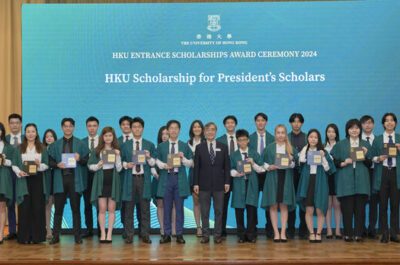



![[PR] PR_Ascott and Vimut Hospital_2024](https://www.traveldailynews.asia/wp-content/uploads/2024/04/PR-PR_Ascott-and-Vimut-Hospital_2024-400x265.jpg)




